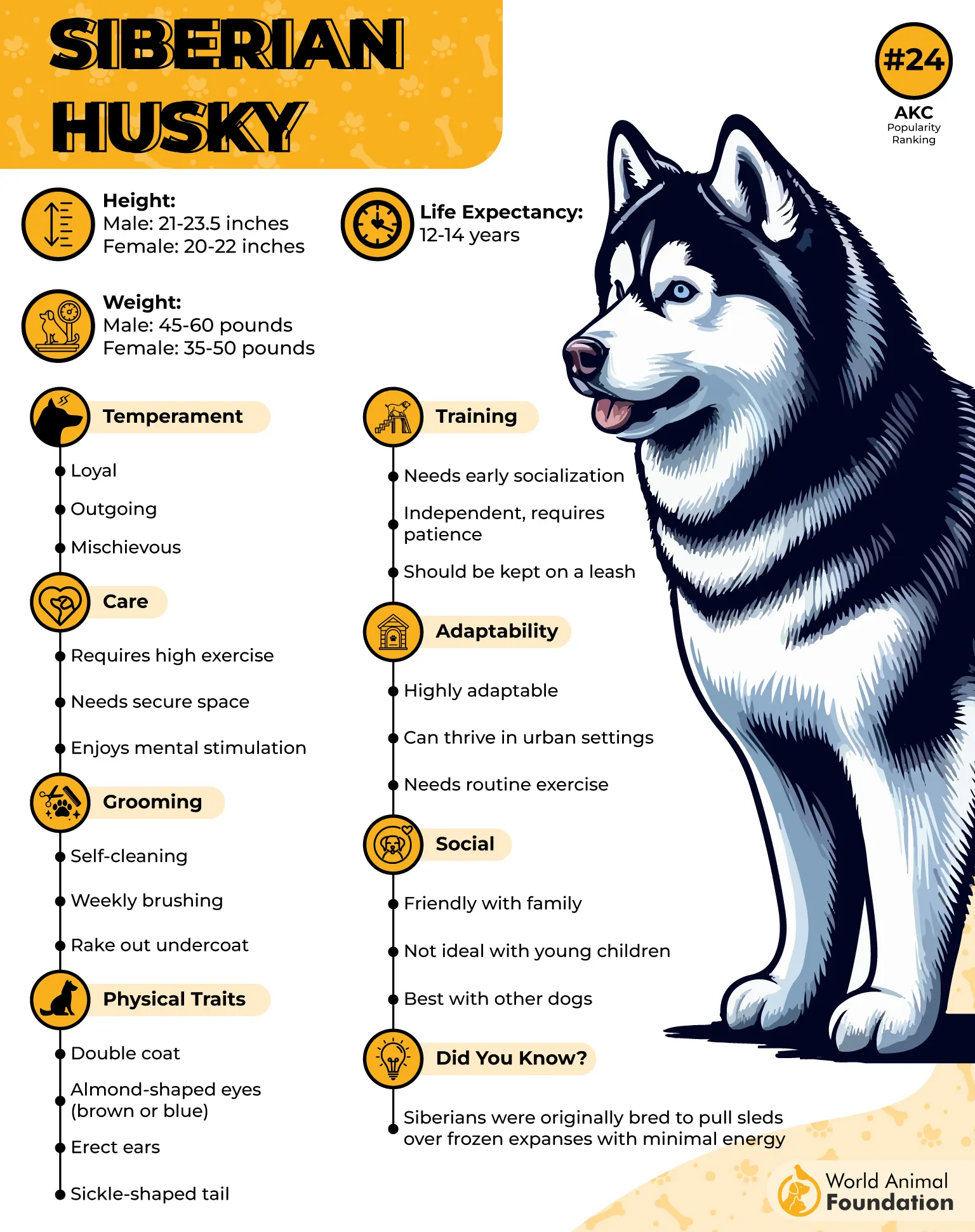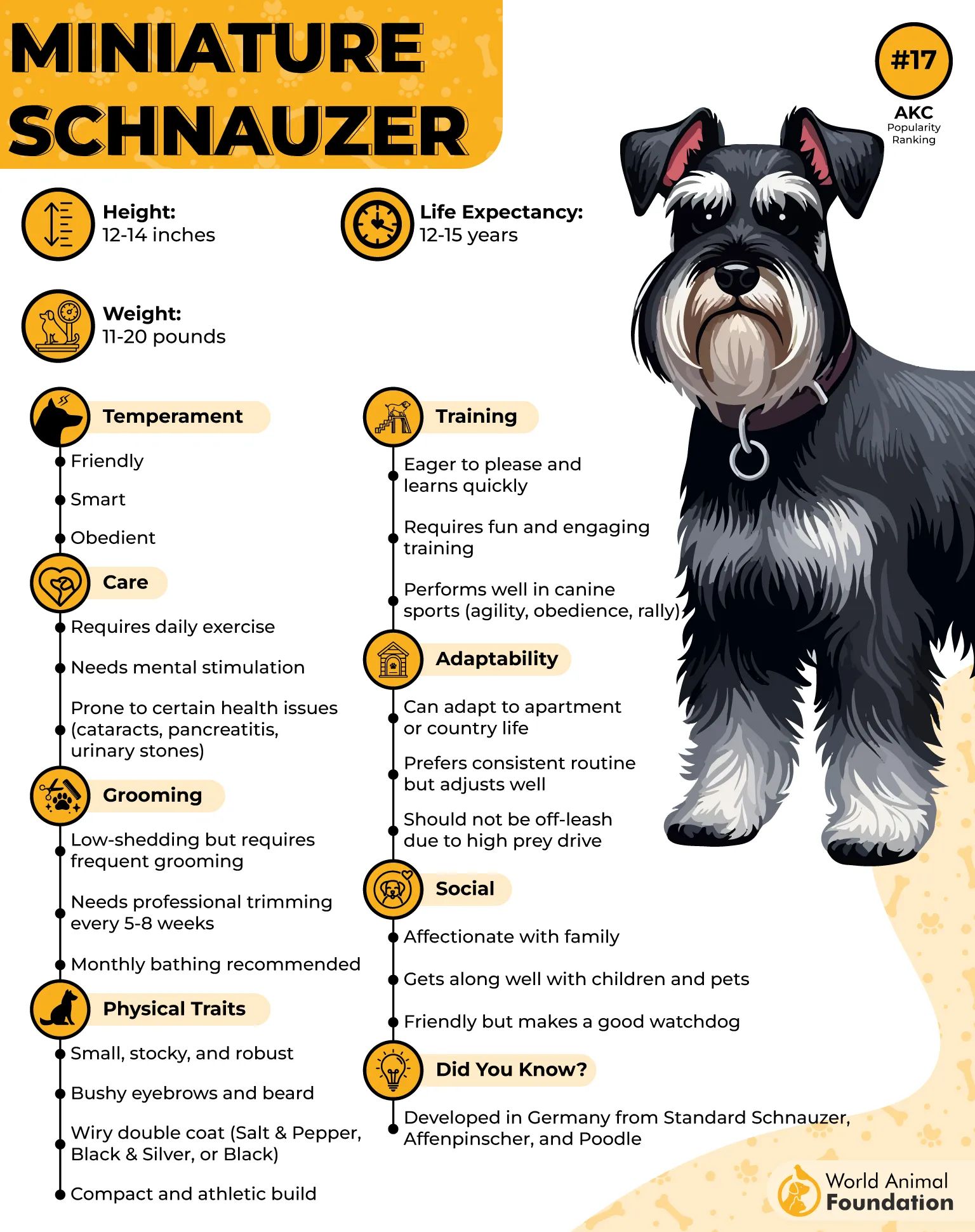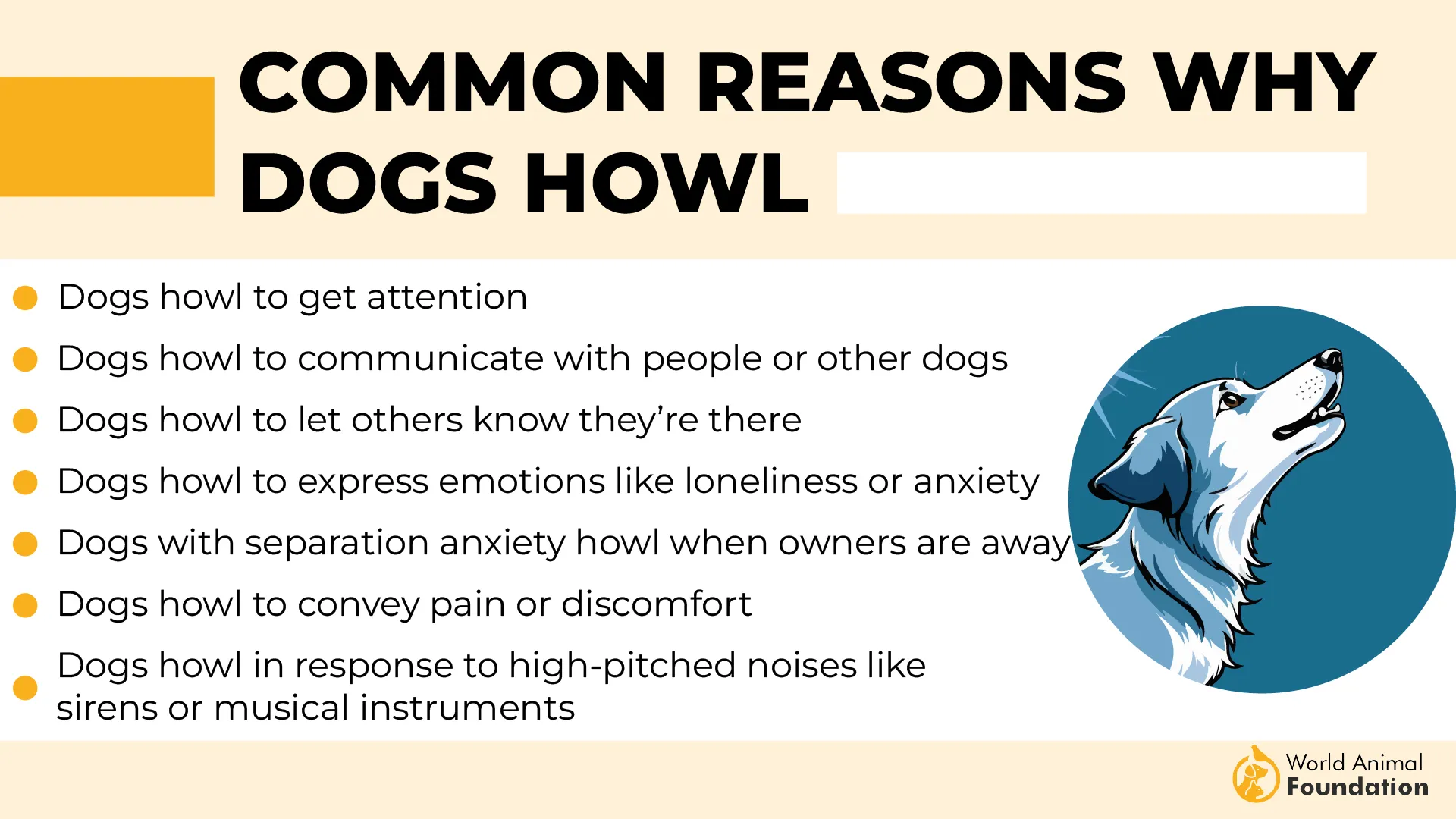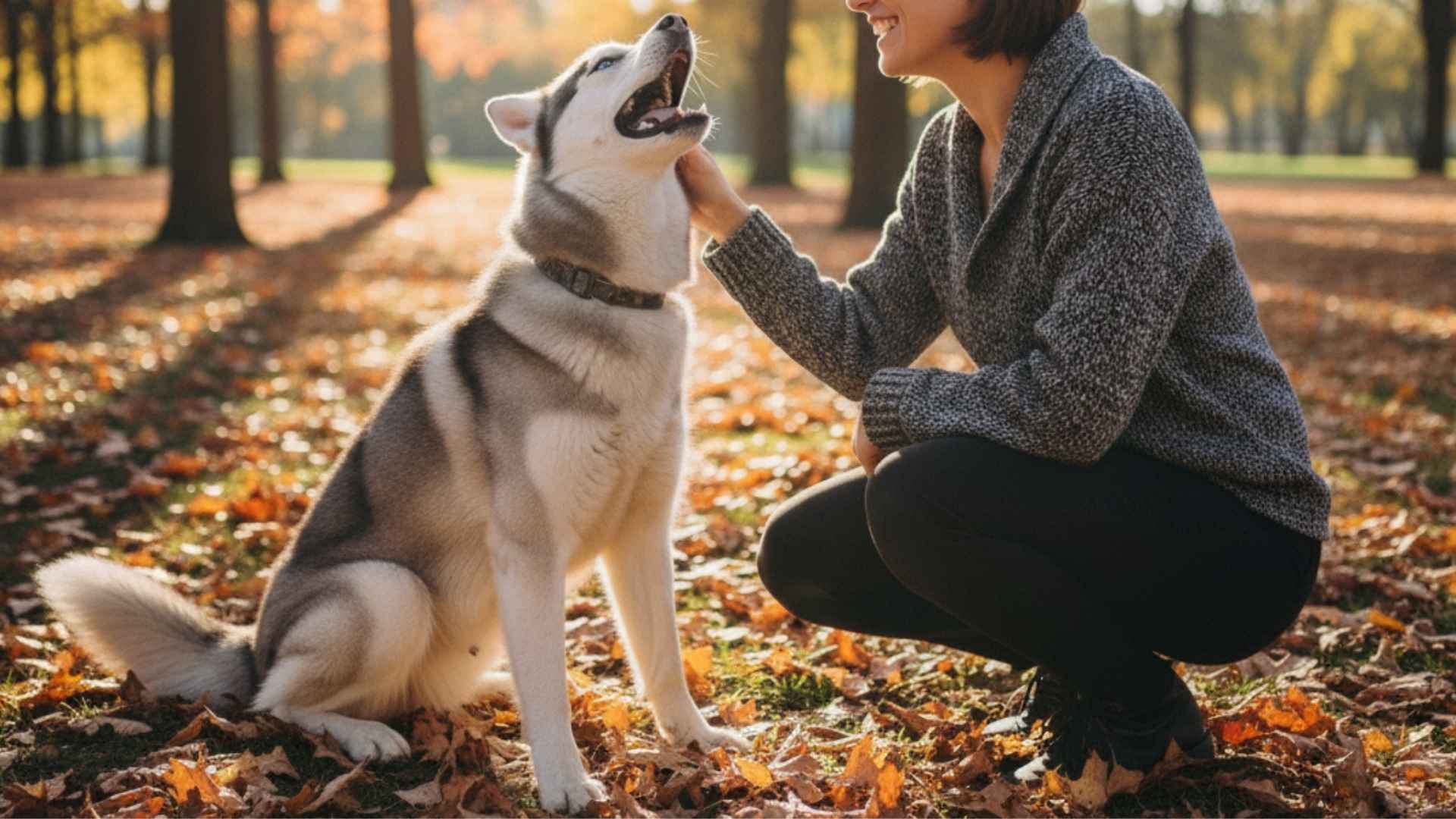Not every dog uses vocalization as their primary method of communication. Many rely on body language to communicate. Dogs express themselves through howls, whines, and growls to get anything they want.
Every breed has its own way of “speaking”, but a few love taking center stage with their talkative nature. Some people may find it amusing, but some get annoyed quickly.
This guide is completely reader-supported; we are here to help you find the reason behind their noises and explore preventive measures to reduce them. You can’t change what comes naturally to them, but you can certainly manage these talkative dog breeds with proper training and a bit of patience.
Most Vocal Working Dog Breeds
1. Siberian husky

Siberian Huskies are renowned for their dazzling looks, endless energy, and one-of-a-kind personalities. They never fail to leave an impression. Siberians are friendly, noble, and scrupulous.
Understanding the cause
Siberian Huskies are renowned for being very vocal. They don’t just bark to express. An expert from AKC notes that Huskies use a variety of sounds to express how they feel. They’ll howl, whimper, and wail when they are not happy about something. Sometimes they scream so dramatically that it feels almost comically expressive.

Huskies mainly use their voices to connect with their pack, whether that pack walks on two legs or four. Intriguingly, huskies like to howl in response to high-pitched voices like sirens, which may imitate the howling of other dogs and wolves.
Preventive measures
Set a routine and work on basic obedience training. It helps channel your husky’s energy levels and keep it focused, so your ears are a little less tired.
Slow walks, easy training activities, and a distraction can help them minimize excessive vocalization.
Focus on positive reinforcement, spoil them a little with treats and toys. It encourages good habits.
2. Bloodhound

You can spot a hound from a mile away. Long face, soulful gaze, and endless wrinkles tell a lifetime of stories. Bloodhounds are known for their exceptional sense of smell and strong hunting instincts.
Understanding the cause
Being descendants of hunting dogs, barking comes naturally to them. However, you can’t blame them for this; it’s their way of staying in touch with their pack.

Unlike some breeds that bark often, Bloodhounds utter long, melodic sounds that echo through the air. Sometimes, they become overly vocal when faced with triggers like perceived danger, separation anxiety, or lack of stimulation.
Preventive Measures
Early socialization is key. Introduce your bloodhounds to different people and places. The more they get used to it early on, the more confident and less anxious they’ll be.
Seek a professional dog trainer. They can assess your Bloodhound’s temperament and find the right strategies to manage excessive vocalization.
Ensure mental stimulation and keep their mind active through fun and interactive play. This way, they tend to bark less out of boredom.
3. Miniature schnauzer

Small and confident, Miniature schnauzers stand out with their scrawny coats and bushy beards that give them an old man look. They are most preferred as lapdogs and are suitable for apartment living.
Understanding the cause
If you’re considering a Miniature Schnauzer and wondering about their vocal side (Well, it’s definitely there). You know silence isn’t really their thing. Their barking often reflects their temperament and personality.

They are lively, alert, and a bit dramatic. Miniature Schnauzers are great watchdogs. Highly alert by nature, they tend to bark frequently. They can also bark when anxiety kicks in, or when they crave attention. Environmental stress may increase their vocal behavior.
Preventive Measures
Use reward-based training to encourage good behavior. By rewarding and praising, you’ll notice positive changes leading to calmer habits and less woofing.
Make sure they get enough exercise and mental challenges. A bored Schnauzer is a yappy Schnauzer.
Keep them engaged with interactive games or puzzle feeders to redirect their playful energy.
4. Border collie
Border collies are known for their watchful eyes, proactive temperament, and keen instincts. Very sensitive to noise, they tend to notice everything and make sure you notice too!
Understanding the cause
Border Collies communicate excitement, alertness, and even distress through expressive vocalizations. These little dogs aren’t shy about chattering.
Your collie might be a big barker, but it just wants you to look for them whenever they are bored or protect them from unfamiliar environments. (They’ll be the first to defend, though!) They usually get triggered by anyone entering their territory.
Preventive Measures
Not enough physical activity is a big factor in expressing more. They need a lot of room to stretch. Definitely not suited for small living spaces.
Check for their needs. They might need something to eat or play, and simply want you to know it by barking.
See if they have any health issues. If your collie behaves unusually or barks excessively, it may be a sign of illness. Always monitor their health and consult a veterinarian to ensure the dog’s well-being.
5. Beagle
Beagles are cheerful, curious little dogs with a sunny personality. They are perfect for busy, active homes and become excellent companions with the right training and socialization.
Understanding the cause
Beagles are also famous for their big voices. Of course, like any animal, their barking and howling are natural behaviors to express themselves. One might wonder do Beagles actually bark throughout the day? This Quora thread shows that Beagle owners report recurrent barking behavior, mostly baying and howling.
Beagles often bark whenever something catches their attention or to express excitement. Their howls tend to last longer. They give a fast reaction to strange or new sounds.
Preventive Measures
Teach your Beagle a “quiet” command and slowly expose your Beagle to things that usually set them off. This helps keep their nuisance barking under control.
Give them constant attention and actively listen to their yipping and chatting. This may value your communication and create a strong bond between you and your Beagle.
Get them familiar with other people and pets around. Their sound changes depending on their surroundings. Socialize them properly and recognize their emotions.
6. Samoyed
Samoyeds, or Sammies, are big, fluffy Siberian dogs with pointed ears and a gorgeous, fluffy white coat. Their gentle nature and majestic appearance make them hard to miss.
Understanding the cause
According to Britannica, Sammies are social dogs who get along well with almost everyone. However, they can become easily distracted in an active family and may bark, dig, or find their own mischief if left alone for long periods.
Excessive barking in Samoyeds is usually because they’re reacting to what’s happening around them. That’s a natural response when triggered by any unpleasant sight or environment.
Preventive Measures
Identify and try to understand your Samoyed’s triggers. You can often tell what it is feeling by observing its body language. Consider an online training that helps you learn it better.
Another reason might be that they try to seek your attention. Positive reinforcement can help to redirect their attention to other desirable activities.
When your dog starts barking out of control, turn away and stop all attention or play you are giving (it’s a part of training)
7. Black and Tan Coonhound
Black and Tan Coonhounds are known for their easygoing and friendly temperament. They are real daredevils and love to spend time outdoors. Otherwise, they are extremely laid-back and very calm with their human families.
Understanding the cause
Because of their strong prey drive and tracking instinct, they use distinct vocal signals like barking, baying, and howling. Their barking can actually get louder if they are under-exercised or anxious from being alone for a long time.

Preventive Measures
Controlled exposure and positive association training from a young age helps manage their vocal tendencies.
Since their instinct is to chase and alert, give them related tasks or interactive play to distract them from unwanted barking.
Teach them quiet commands and reward or praise them when they stop. It really helps.
8. Jack Russell Terrier
Full of curiosity and energy, Jack Russell Terriers are playful little dogs. They have short legs compared to body length, built for agility. Give them plenty of room and mental peace, or their boldness might turn into perversity. This breed belongs to the terrier group and is bred to chase after prey, your neighbor’s cat, too!
Understanding the cause
So, do they bark a lot? Yes, they were bred to track, alert hunters, and be territorial. So, it’s natural for them to be notably vocal. They have protective instincts in them and are highly active, which demonstrates their true character.
Preventive Measures
Consistency is the key. You have to constantly train them and give enough mental stimulation to enforce the behavior you want in them.
Take them for long walks or simply play fetch games.
Use the counter-conditioning technique to change your Jack Russell’s response to a trigger.
9. Chinook
Chinooks are strong, agile, and gentle dogs with a rare charm. Originally bred in the United States, they are fun-loving companions and love hiking, sledding, and various outdoor activities.
Understanding the cause
Chinooks are actually moderate barkers, as compared to other breeds. They are quiet but always have keen eyes on their surroundings. They tend to make noise when prompted by certain triggers, such as new sounds or visitors. As they were bred as sleds, they alert their owners to a strange approach or threat by barking.
Preventive Measures
Find out the reasons that motivate your Chinook to bark and eliminate them.
Ignore if they are barking only for attention, then give them a treat when it stops. This is a part of training.
If the matter gets out of hand, contact an expert professional behaviorist, so they understand and train them better.
Conclusion
Now that you are familiar with the most vocal dog breeds, we hope you understand the causes that motivate them to make these unwanted noises. Barking is just a way for them to speak, but in a dog’s language. Of course, overdoing anything can cause trouble.
Rest assured, most of these dogs are highly trainable, intelligent, and have big personalities. If you’re drawn to a dog and want to make them part of your family, have no fear. By investing in proper care and attention, these companion dogs can adapt their behavior to suit your household.
A single flaw does not define your pet. They aren’t perfect. What they really need is someone to guide them and teach them how to navigate the world.


